They Thought They’d Get Away With It.
Names, dates, locations have been excised from this story to protect anyone who needs protecting -yes, even the guilty parties. People and companies have come and gone since it happened, but other than that, it’s a true tail of mineral malfeasance. This piece would have failed miserably without the crucial input from 2 good industry friends. They know who they are. A big thank you to both of you.
“When markets are hot, scoundrels come out of the woodwork.” Northern Miner, June 1996
For every major gold discovery, there are dozens of failed projects. The exploration business is actually very adept at not finding viable mineral deposits. Most projects fail for want of enough tons to make an economic mine. Some may be big, but they lack the metal grade needed to justify extraction. Others fail because of local politics or remoteness. But a few, a special few, fail because they were never real in the first place. They were simply fictions created by crooked management or a scoundrel out to make a quick buck.

The history of mining is littered with scams. The ones that happened a hundred years ago have become mining lore, acquiring a patina of wild west romanticism with time. Back then, it was a world of snake oil salesmen – Mark Twain’s liar in a hole snaring unsuspecting patsies. Fast forward to the present day, and we rightly regard more recent deceptions as criminal and decidedly unromantic. It’s worse living in Vancouver, because we – or maybe someone we know- could well have a direct personal connection with the perpetrator(s); junior mining is a small world with few places to hide if you’re found out.
Try Faking It
There are many ways to fake a mineral deposit. Straight up lying is probably the easiest. Put out a dung-heap’s worth of wonderous-but-pretend news releases while dumping your cheap stock. But be quick on the sell button, because eventually someone intelligent is going to pay the project a visit and expose the fiction.
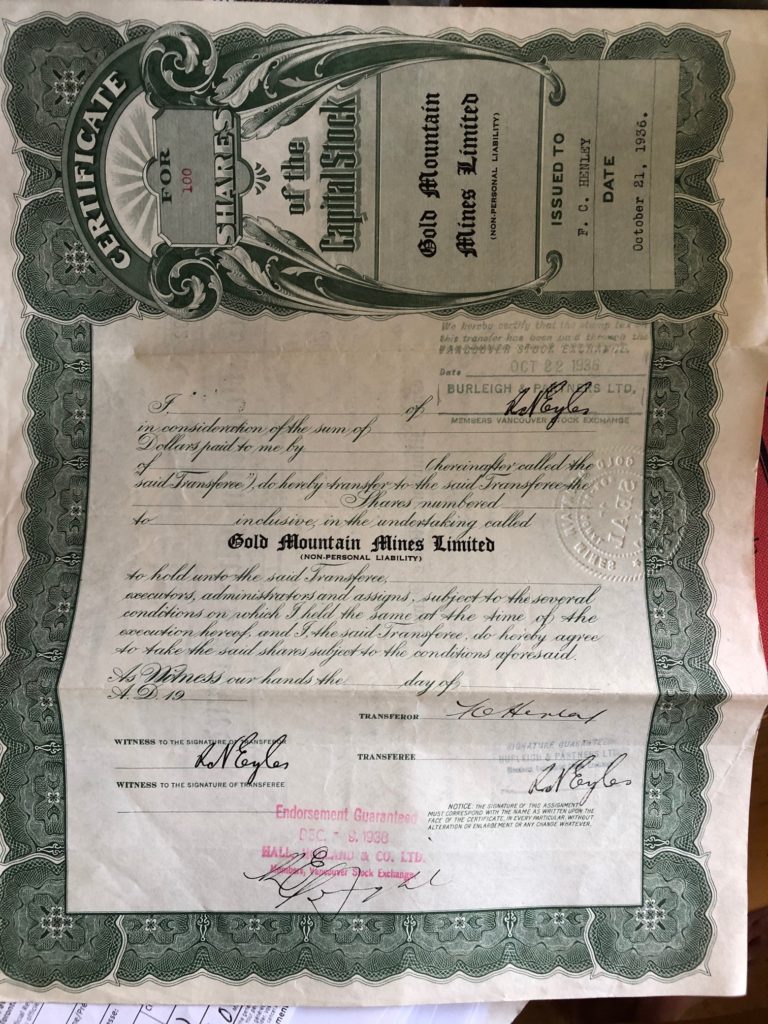
Sell! Sell! Sell!
Or maybe someone at the company feels the urge to change the assay grades in the excel spreadsheet to inflate the numbers; primitive but effective and it still happens. Some 15 years ago Southwestern Resources manufactured a hot gold project in China (Boka) using some creative spreadsheet editing. Their project manager was promptly fired after refusing to discuss the assay issues -never a good sign- and investors launched a $200m class action lawsuit against the company when the fraud unravelled.
Another common con trick is to report high grade assays from a “special” laboratory that uses a proprietary black box assay technique which management can’t explain to anyone because it’s -shhhh- a trade secret. Without fail, they tell their lucky investors that this is the only method that can identify gold in their rocks. With the advent of international assay laboratory certification, most of us in the business can spot the black box scam a mile off because the lab in question probably won’t be accredited.
It’s All Just Alchemy & Beer Bottles
Alchemy works too. Let’s all make gold or diamonds from something totally worthless! I saw a variation on this a few years ago when a US company claimed it could “make” gold from crushed beer bottles with high powered microwave ovens. The ovens rewrote the laws of quantum physics when you pressed the “Defrost Soup” button. It’s a shame that it was such an obvious con trick, because gold and beer are 2 staples of the exploration life. Combining them could short cut the entire exploration process; the geologists get to sit in a bar and chug frosties, and the cook makes the gold bars out back while reheating the buffalo wings.
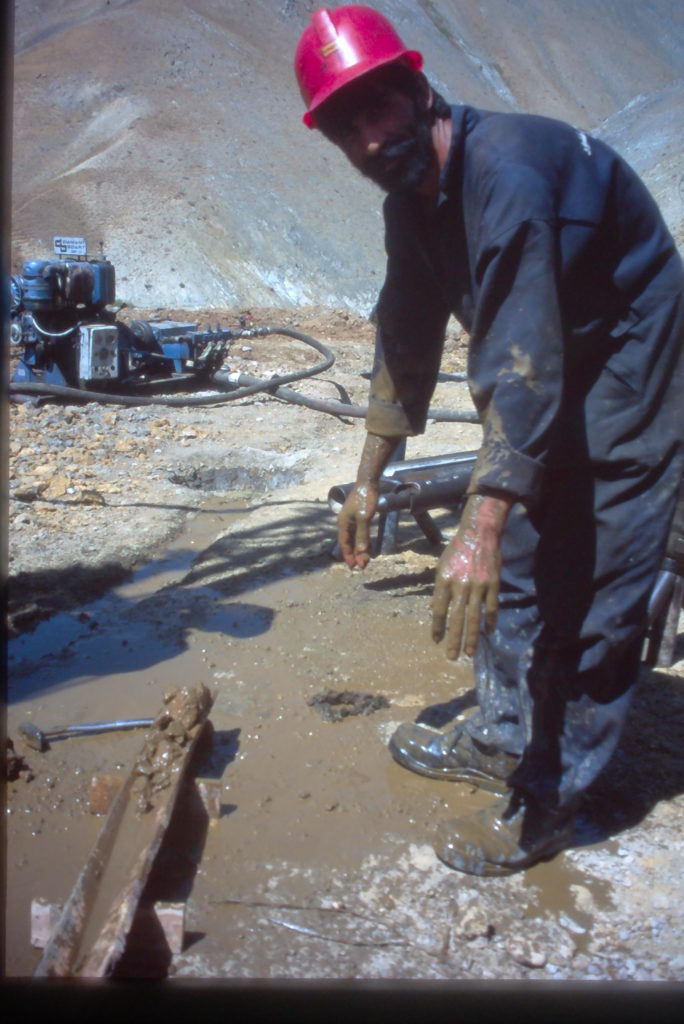
If you can find likely looking rocks -rocks with almost the right geological setting to host gold or maybe diamonds- that will do the job as well. Dredge up something close enough to a real deposit so that people will believe the geo-fiction long enough for you to make off like the rapscallion you are.
Even better, combine all of the above in a far-off foreign country, remote enough that it’ll be a while before anyone comes knocking on the field office door, giving the insiders a chance to line their pockets. Timbuktu Gold was one such scam. Gold -apparently shaved from Krugerand coins- was added to samples from holes drilled on a worthless project in Mali; a process known as salting.
Pass The Salt
Salting was something I saw in Western movies as a kid. The greenhorns flocking to California to find gold -shit loads of gold- were also gullible fish, easily parted from their grubstake money. They bought any old moose pasture that yielded “gold”, which was usually pyrite, or brass shavings. The grifters counted on nobody knowing enough to question the source of their gold. It was just there, and by gum, there was enough for everybody!
Salting (sôltiŋ) The act of tampering with an investigation site by adding bogus evidence.
https://www.yourdictionary.com/salting
The wicked deed was always carried out by an evil looking cowboy dressed in black with an even blacker horse, often accompanied by a ruthless Mexican sidekick. The baddies would sneak into the adit at night, or scramble down into the river diggings, and sprinkle gold dust everywhere. Or they might use a shotgun to blast gold into a tunnel face. Invariably, when the crime was discovered and the mine was a bust, someone would be shot or strung up from a tree by the highly pissed off buyers. Exit good guys, poorer but wiser.
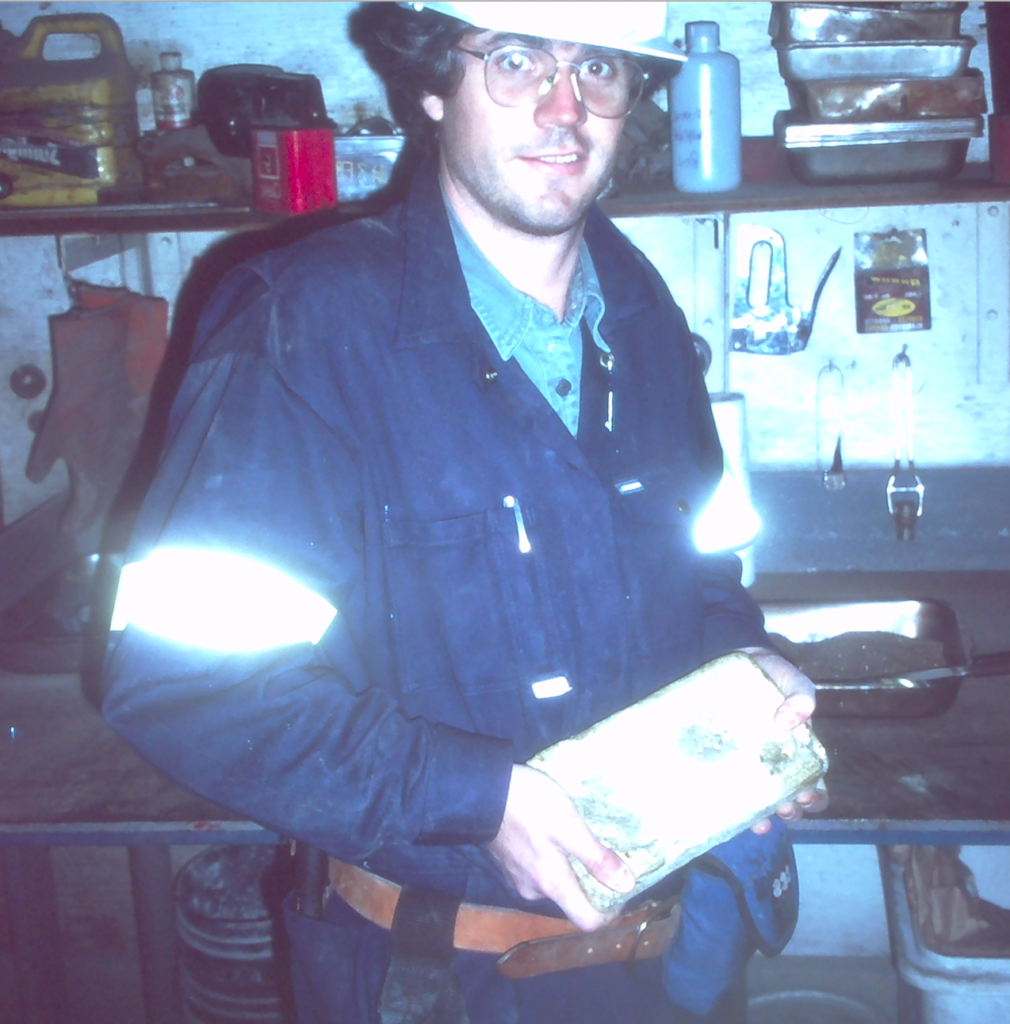
Bre-X was probably the most famous example of salting. The company “discovered” gold at a place called Busang, buried deep in the jungles of Indonesia. They said they’d found lots of the yellow metal, enough to potentially catapult Busang into the very top tier of the world’s biggest gold mines. But the reality was somewhat er.. different. Fascinating with hindsight for its ingenuity, but definitely different.
Bre-X’s chief geologist was actually carrying out an industrial scale salting operation, adding gold particles to thousands of barren or low-grade drill samples to create the illusion of a world class gold deposit. He obviously graduated at the top of his university Mining Scams 101 course because he ticked off most of the key boxes. Remote? Check. The right rocks, almost? Check. Make piss pots full of money from options? Check. Jump out of a helicopter and die? Che…WTF?
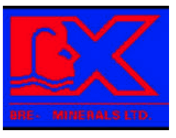
It worked well for a while and led to a massive run up in the company’s share price which peaked at about C$280. Sadly, in the end thousands of investors -mainly Joe Retail who’d fallen hook, line and sinker for the hoax -lost billions in illusory profits when the fraud unravelled (which they always do, just like Ponzi schemes.) The geologist ended up taking a dive from an Alouette helicopter over the jungle (allegedly) and turning himself into wild pig food.
It’s Because We’re Gullible & FOMO
Why do investors fall for this, time and time again? Most likely fear of missing out and lack of sufficient technical knowledge to properly critique the results. Nobody wants to be the one who let the 50-bagger slip through their fingers, condemning them to a retirement of Kraft dinner with wieners, Value Village seconds and no Netflix subscription. The horror…
As for industry insiders, we’re just as bad, glancing enviously at the share price graph of the chosen company and often conveniently ignoring crucial warning signs. Why do we fall for it? When it comes to salting, it’s still highly unusual for project geologists to question the legitimacy of the assay results they receive from an accredited analytical lab. Sure, the QA/QC protocol can be picked apart in big programs to make sure the lab results were reliable and accurate. But fraudulent? An internationally accredited lab? Nah. Doesn’t happen. Until it does.
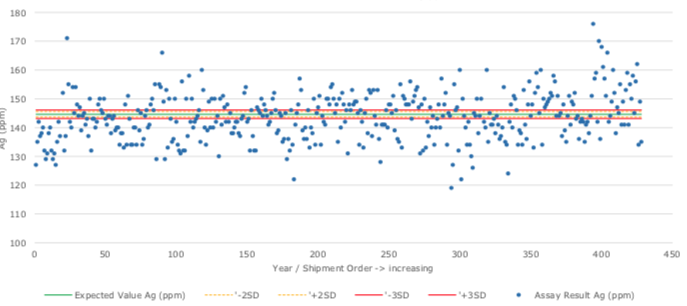
So the other night, over a zesty Lemon Pelligrino (I’m on the wagon for Miserable March) I was mulling over how this piece on mining fraud would flesh itself out. It wasn’t working for me. When lo and behold, a friend e-mailed me to remind me of a story from years ago (sometime between 2000 and 2010); it’s the tale of a project up north which fell victim to a deliberate salting incident. This was a bit different to a “normal” salting because it wasn’t done for profit. No secret brokerage accounts with management selling stock and making off like fully accredited bandits. In fact, in the end, nobody made anything from it, and everyone lost. Nope. This was different. It was done for love. Aaahhh. Bless.
A Golden Love Story
The Company in question had acquired a likely looking clutch of claims big enough to host a decent sized gold project. They were close to a recent discovery that was sold to a mid-tier mining company, making everyone happy. The Company’s geologists -ever optimistic, the poor souls- figured there was an above average chance of finding another deposit (no confirmation bias here then…). They set up a camp, and set to work -geophysics, soil sampling mapping etc.- to outline anomalies for drill testing.
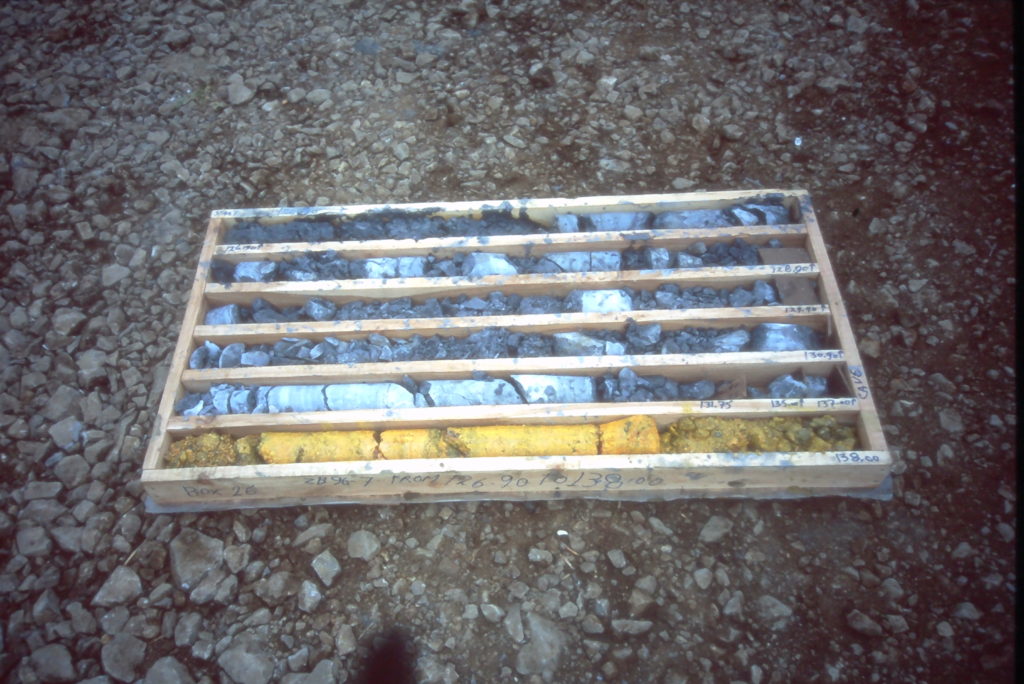
One of the first drill holes cut a likely looking interval. The assays that came back from it included 4 samples of more than 10g/t gold, the upper detection limit for the assay method. The broader interval was nearly 5g/t gold over 20m, excellent results for an early hole, which triggered two things. Delirious excitement in the team, and a dull, automatic over limit assay: this is a second assay to double check the first and pin down the actual high-grade numbers. The icing on the cake was that the gold correlated well with other pathfinder metals and the internal QA/QC was bang on. Everything hung together and the team was elated. With a new drill hit in a hot area they were going to be winners. The future was looking a lot like a Mexican beach and muchas cervezas.

All of the dull check assaying takes time of course, and the longer the results were delayed, the more likely it was that other companies would pick up on the excitement and put 2 and 2 together about a possible find. So, the logical decision was to up the staking effort using a helicopter, grab more land in the area, and complete the required option payments.
Which is when things started to head down south to the cold, chilly wastes of Antarctica very quickly.
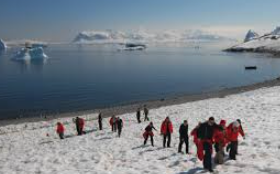
The Company had sent a split from each sample to a different assay lab, Lab 2, as a double check. The check results came back before the over limit assays arrived from Lab 1, and instead of high-grade gold numbers, the Au ppm column showed a lot of near zeros. Not good. Lab 2 said the intercept had vanished, prompting a lot of panicked head scratching within the Company and the early excitement had turned in to a very real “What the fuck is going on?” moment.
They now faced some burning questions. 1) Which set of assays was correct? and 2) should the expensive staking program be shut down risking the loss of their “first mover” advantage? A few days later, the questions were answered for them and not as they’d hoped. Lab 1 confirmed that their own check procedures on spare sample material had shown bugger all gold in them. The interval dropped from 20m @ 4.5g/t Au to 20m at 0.2g/t. The Mexican beach was looking more and more remote, and the beers were getting hot.
Something had obviously gone wrong at Lab 1, but what and where? For obvious reasons, the Lab 1 management were deeply embarrassed and put some highly experienced people on to investigating what had happened.
(It was about this time in the story that one of my sources noted in his diary that his professional misery was compounded by his faithful pet dog. The pooch had found a can of kippers in the kitchen, bitten some nice little canine-shaped holes into it and then proceeded to happily dribble kipper juice around the house, under the couch and into the TV room. The very definition of fishy.)
Despite a pretty thorough investigation, Lab 1 couldn’t find the root cause of the contamination. They checked the assay instrument data and confirmed that the gold was in the sample solutions, but a review of over 120,000 samples and assays showed no discernible pattern to the problem. They considered deliberate salting as a culprit for the false numbers but there was nothing obvious in the samples or on the bags -like a high-profile company name on a sample ticket- that might lead someone to tamper with them.
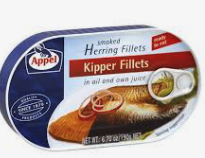
Their conclusion was that the balance of the evidence indicated that some of the chemicals used in the assay process may have been contaminated somehow; an unsatisfactory almost-conclusion which nobody was happy with, but was closer to the truth than they realised at the time. The Company team moved on with the remainder of the program, but the excitement, that visceral thrill of discovery, had evaporated along with the project’s potential. The office mood was a bit quieter than before, punctuated by the odd shouted curse and a pervasive smell of kippers.
A few weeks later, Lab 1’s management arrived back in the Company’s office with fresh news. One of their employees – their very own Deep Throat, or perhaps Deep Trench- had turned whistle blower, and spilled the sordid beans over late night Big Mac’s and coffee at McDonald’s.
It was deliberate salting of the samples.
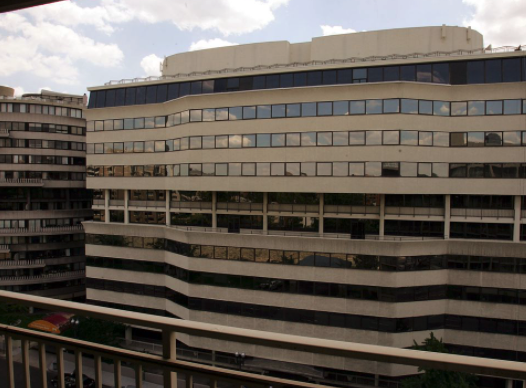
Love Is Blind (Because Of The Dust)
A love triangle had developed in the close confines of the assay lab. One of the male employees (Man 1) had developed a bit of a thing for one of the women working there. God only knows what they saw in each other through layers of PPE, goggles and a fine coating of dust, but love finds a way. However, he had a problem. The object of his desire was involved with a second man (Man 2) who also worked there. To get around this blatantly unfair lab cock-blocking, Man 1 decided to frame Man 2 and have him fired, thus allowing Man 1 to put the moves on his paramour.
Man 1 knew enough about the lab processes to salt the samples in such a way that the initial problem would be traced back to his rival, who, he hoped, would then be fired (which he was) or arrested (which he wasn’t). He added a few drops of gold-bearing solution at the very last step of the assay process; a subtle but effective contamination that was virtually untraceable. The bags of spare sample material stored in the lab were still pristine, untouched by the hand of Man 1, which is why they returned blanks when they were check assayed, compounding the confusion.
The Company and its project were simply collateral damage. It was bad luck that Man 1 salted its samples. Interestingly, it wasn’t the first time someone had been fired for salting samples at the same lab: Man 1 had pulled the same trick before for the attention of the same woman, but nobody picked up on it the first time.
All very sad really. I could understand it better if someone had disappeared to Rio with a couple of million bucks. But no. Man 1 couldn’t get it through his thick skull that the lovely lady wasn’t interested. Instead of getting the fuck-off-I-don’t-like-you message, his act of calculated revenge got 3 people fired, nearly ruined the lab’s reputation and royally screwed over the Company’s exploration program costing them a 6-figure sum in wasted expenditures. The lab did their best to make things up for the Company, providing a lot of free assay services, but the damage was done. And to paraphrase, Scooby Doo, if it hadn’t been for the pesky whistle blower, he’d have gotten away with it.
Before signing off, my friend Brandon posted this old poem on Twitter in response to this piece. Very apropos:
Pat-A-Cake, Pat-A-Cake, prospector man,
Stake me a claim as fast as you can,
Drill it and salt it and fill it with gold,
And sell it down south as the motherlode!
And Finally
You may have noticed that this isn’t a high grade blog. Nobody’s bothered to salt it yet with some decent high grade stories and do you blame them? However, if there’s the slightest chance that you like what you’ve read so far, and have decided I’m not trying to scam you with the kind of cheap, knock off stories that other blogs peddle, please subscribe via the internationally certified subscription box at the top of the page. I’ll be sure to send you more low grade blather from time to time.


Great article. Several examples from WA in the 1980’s & 1990’s come to mind (Karpa Springs being very well known): https://arizonageologicalsoc.org/resources/Documents/Short%20Papers%20by%20Members/2013/The1990KarpaSpringFiascoinWesternAustralia.pdf ), and more recently not just limited to gold. A major lab group in Queensland has been dragged through the mud with falsified coal quality certificates in recent years.
You are a natural born writer!
Great to read a “fun” (for some!) story at the end of a long PDAC ZOOMing kinda day…
Be well, look forward to a live sighting…cheers, d
Very amusing! “The ovens rewrote the laws of quantum physics when you pressed the “Defrost Soup” button.” Well said, Ralph. 😂
Two that I am aware of:
A lab down in Tasmania managed to get Au assays out by -2 orders of Magnitude. It was back in the early 1980’s, and mistake was discovered after the Mining Co had dropped the ground.
Pyongtong Gold mine in central Myanmar, sold several times to Foreign companies, Extensive Ore reserve calculations were back calculated to come up with the required drill logs ! ie A reverse engineered ore reserve ! Must admit I would have probably done the same if my family was held at gun point. Burmese Mine Manager used to employ workers to cut down forests, turn wood into charcoal, sell the charcoal in Manderley, to buy gold from dealers, bring Au back to mine and smelt into Dore.
Nice blog. I’m a former student and colleague of Ernie Wolfe and Dean Earl Beistline both deceased emeritus of Univ. of Alaska. Ernie authored “Handbook for Alaskan Prospectors” and Earl formed the “Mining Hall of Fame” in Leadville. Prospected Circle District with both always found gold. Earl had me run out validity and potential of a residual placer acquisition from a known Fairbanks opportunist but it turned out to be real, after I inspected the property the owner then high graded the pay streak leaving a big mess for the next outfit. Greed and gold do strange things to some people. I just like the science of finding that silly yellow metal. Dan McCoy’s dissertation on the economic geology of the Fairbanks District and references cited should be in every geologists library. Like Troy Pe’we’s USGS Report titled “Unglaciated Terrains of Central Alaska” which provides empirical data that climate change has been happening since the last ice age. Everything is online now I like the library with reports that have impossible to refold leaflets inside that geologists have a tendency to forget returning. I like the libraries at Mackey UNR but Arthur Lakes library at Colorado School of Mines is better because of its hardrock gold collection. But nothing compares to the archives at Newmont, Barrick, Kinross, Anglo, BHP, Rio Tinto, Teck because I know as I inspected them as landlord representative. The internal memos defining a BLEG anomaly were different for each company as their target models varied. If I saw half a ppm in reports I would make note of it. They all used UTM coordinates for sample locations.
Pete Rutledge
In Iran, we found that anything over 5ppb Au was a real anomaly. yup… 5ppb.